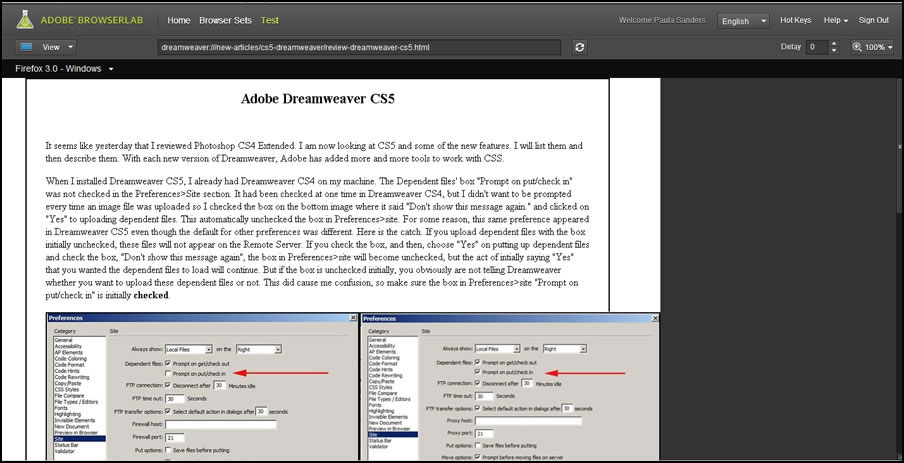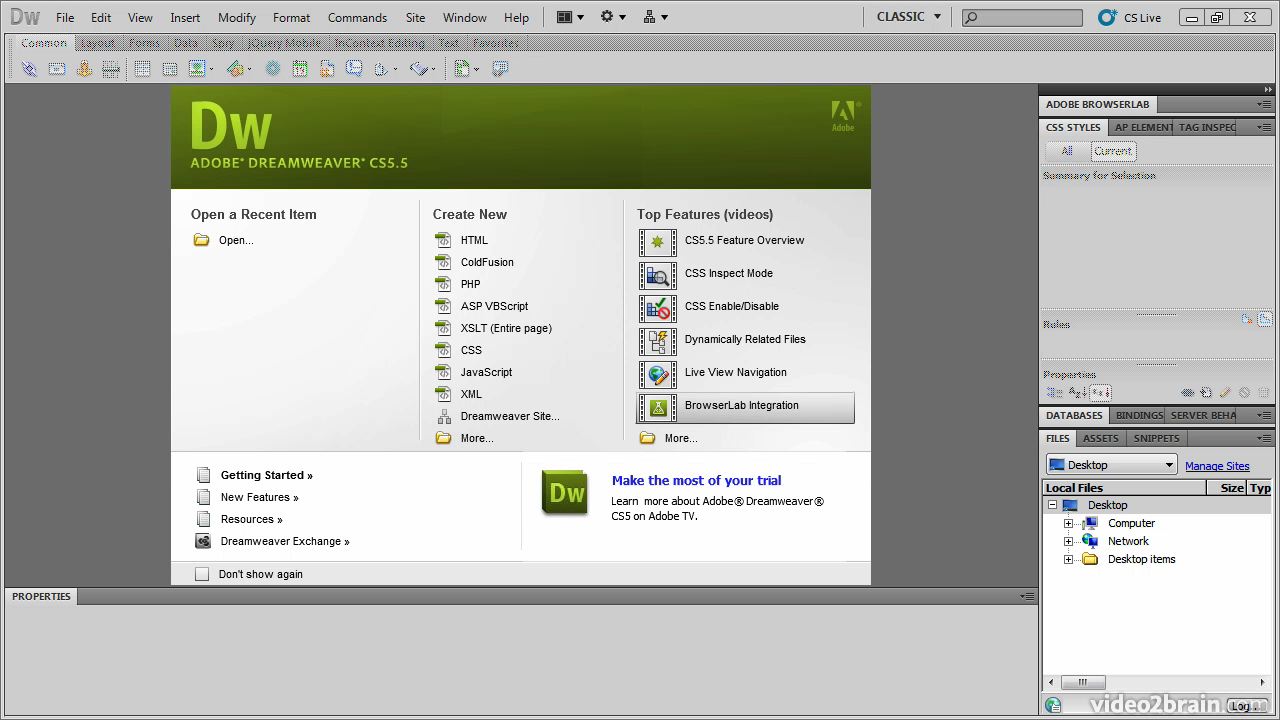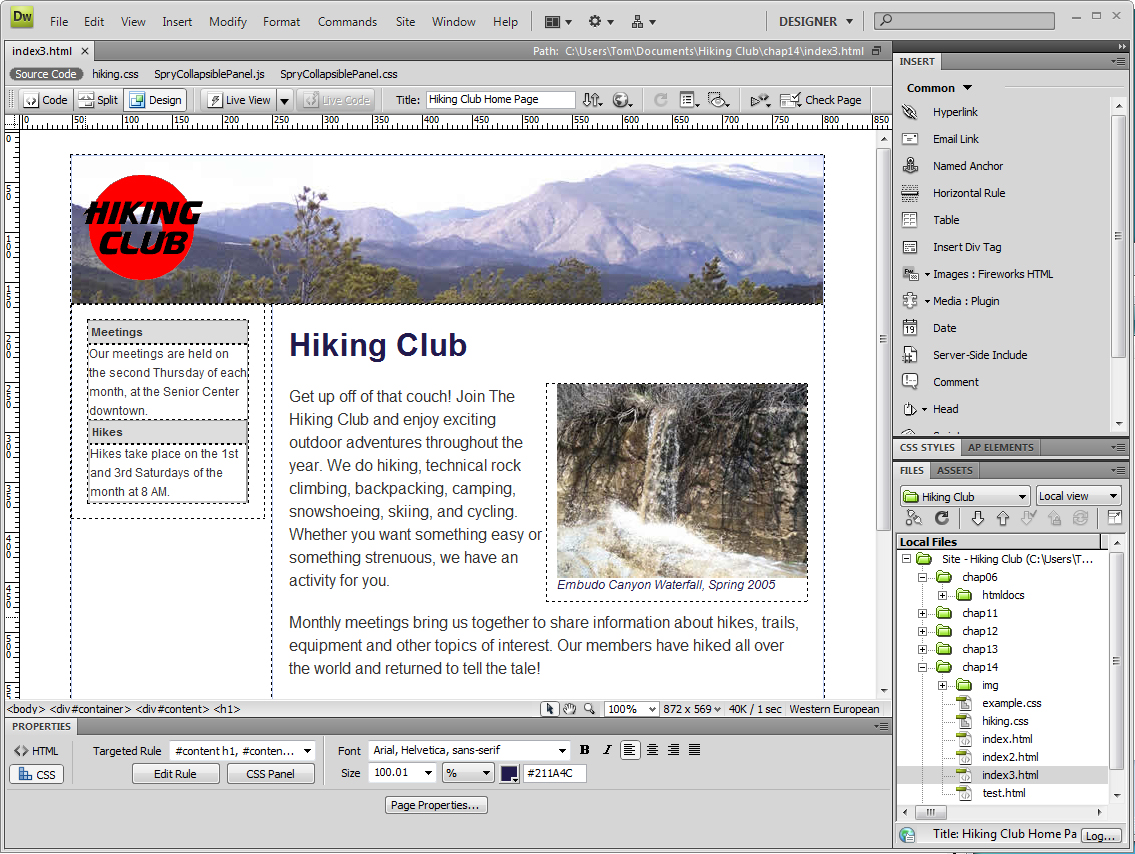

Click the image below for a larger version.Īs part of loading the page in Live View, the program works with the supported CMSs to discover all the files that go into building the page. This WordPress page is being read from the server and displayed in Dreamweaver’s Live View. In effect, it’s like having a Web browser built into Dreamweaver.įigure 1. Live View renders pages in the Dreamweaver document window using WebKit (the same page rendering engine found in Safari, Chrome and other standards-compliant browsers). To view a page on the dynamic site inside Dreamweaver, you use Dreamweaver’s Live View, which was introduced in Dreamweaver CS4. When you set up Dreamweaver’s connection to a CMS-based site, you specify the server on which the site is running.

You can view dynamically generated pages on a CMS-based site inside Dreamweaver discover the related files used by the CMS and edit them in Dreamweaver and filter down those files to find and work on the ones you need to make changes to your site.īecause Web pages served by a CMS are assembled from many different elements (often dozens or hundreds of PHP, HTML, JavaScript, CSS, and other types of files), you often don’t know exactly what the page will look like until you preview it in a Web browser.

(PHP is a programming language that typically is installed and runs on Web servers.) You can now use Dreamweaver to author, edit, and test content from any of these systems.
#ADOBE DREAMWEAVER CS5 5 REVIEWS SOFTWARE#
Unlike static HTML, pages that come out of a CMS often don’t exist at all before the CMS software puts together the HTML, CSS, images, and scripts, and squirts them over the Internet to a user’s waiting Web browser.ĭreamweaver CS5 supports three of the most popular PHP-based Web CMSs: WordPress, Joomla!, and Drupal.

The CMS manages and controls a dynamic collection of Web material and usually (but not always) assembles and creates Web pages that are served to the user “on the fly” that is, the page is built and sent to the user when the user requests the page. Perhaps the biggest new feature in Dreamweaver CS5 is the ability to work with sites that are built on the foundation of a Web content management system (CMS), which are applications running on a Web server that create and manage Web content. With an addition, it will satisfy people who want to use Dreamweaver to work with sites based on emerging Web standards, such as HTML5 and CSS3. At the same time, CS5 has goodies for long-time users who never create CMS-based sites, offering better and easier control over your site’s CSS than CS4. Adobe has finally recognized that shift, and Dreamweaver CS5 is now relevant in the world of CMSs. Today, many commercial and personal Web sites are built with content management systems (CMSs), which build pages dynamically by pulling from databases containing HTML, code, images, and other elements. Sites with static pages, edited occasionally by hand, are fading fast. The nature of Web sites has evolved drastically in the past few years. The Web is all about change, and Web designers who fail to constantly adapt to change often need to find another line of work. Pros: Supports the popular WordPress, Joomla!, and Drupal content management systems makes working with CSS easier improved features for coding in PHP more page preview options.Ĭons: No HTML5 or CSS3 support out of the box.


 0 kommentar(er)
0 kommentar(er)
